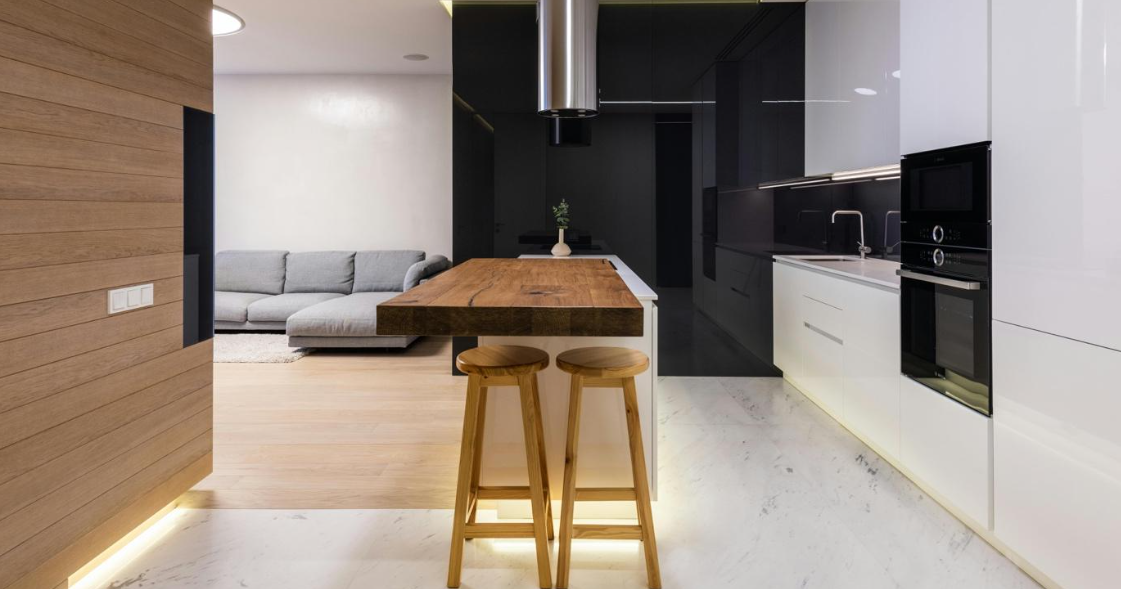Sustainable Furniture: Innovative Approaches for Sustainable Manufacturing
As sustainable living becomes increasingly important in our modern world, consumers are actively seeking eco-friendly and sustainable products that align with their values. The furniture industry has embraced this shift towards sustainable urban living, with manufacturers and designers prioritising environmentally conscious production methods.
This focus on sustainability helps reduce waste, preserve valuable resources and protect our planet for future generations. Here's essential information to help you understand how sustainability is integrated into furniture design.
Key Features of Sustainable Furniture
When considering strategies for sustainable urban living through furniture choices, several vital factors come into play.
1. Materials
The cornerstone of sustainable furniture design lies in material selection. The best tips for sustainable living include choosing furniture made from renewable and non-toxic materials, such as responsibly sourced wood, bamboo or recycled components. It's crucial to avoid materials that harm the environment or resist recycling, repair or restoration, particularly those containing plastics or harmful chemicals.
Some furniture types are less sustainable due to their materials being virtually irreparable once damaged. Here are notable examples:
Particleboard Furniture: Constructed from compressed wood particles, particleboard lacks durability. When exposed to moisture, it tends to swell and lose structural integrity. Attempting to repair particleboard furniture frames often proves futile, as their longevity remains limited even after repairs.
Mixed Materials: Components that expand and contract differently due to humidity or temperature fluctuations often lead to warping, cracking, bubbling and visible separation lines. Such damage typically presents significant repair challenges.
Cast Concrete Furniture: Concrete pieces suffering from chips or cracks are notoriously difficult to repair, both structurally and aesthetically, frequently resulting in disposal.
2. Manufacturing
Understanding what sustainable living means is choosing manufacturers who employ eco-conscious practices, including recycling and waste reduction. Consider the carbon footprint of production processes, favouring manufacturers who utilise renewable energy or operate near material sources.
3. Functionality
Sustainable furniture design must prioritise functionality. Select pieces that offer durability, longevity and versatility. Avoid temporary or disposable furniture that quickly becomes outdated or unrepairable, ultimately contributing to landfill waste.
4. Packaging and Transportation
The environmental impact of furniture extends to packaging and transportation. Support manufacturers who utilise eco-friendly packaging materials and implement low-impact transportation strategies. Consider the environmental cost of long-distance shipping, and whenever possible, choose local materials and manufacturers.
Challenges to Consider
One of the most significant hurdles in sustainable furniture design is striking the perfect balance between sustainability, cost-effectiveness and visual appeal. Whilst sustainable materials and eco-friendly manufacturing processes often command higher prices, there has been a lingering perception that sustainable furniture lacks the modern aesthetic appeal of conventional alternatives. However, this mindset is rapidly evolving as designers increasingly embrace sustainable living principles in their creative process.
To tackle this challenge effectively, designers and manufacturers are focusing on creating furniture that embodies both sustainable urban living principles and aesthetic excellence. A key strategy involves developing timeless pieces that stand the test of time. This can be achieved through clean, sophisticated designs that emphasise versatility and functionality. By avoiding fleeting trends, manufacturers ensure their furniture remains stylish and relevant for years to come.
When implementing strategies for sustainable urban living, furniture size becomes a crucial consideration, particularly regarding transportation. Oversized pieces may struggle to fit through doorways or lifts, creating significant challenges for both consumers and businesses. Companies often need to disassemble and reassemble furniture on-site to accommodate such situations. Whilst this service can be beneficial, it potentially contributes to additional waste and environmental impact, especially when customers baulk at professional assembly costs and opt for disposal instead. To address this, designers and manufacturers are increasingly focusing on creating easily transportable and assemble furniture, incorporating modular designs or selecting lightweight materials.
Sustainable consumers expect their chosen brands to demonstrate environmental consciousness and sustainability. By emphasising enduring styles, superior material quality and transportation efficiency, designers and manufacturers can create fashionable, practical furniture whilst minimising waste and environmental impact.

